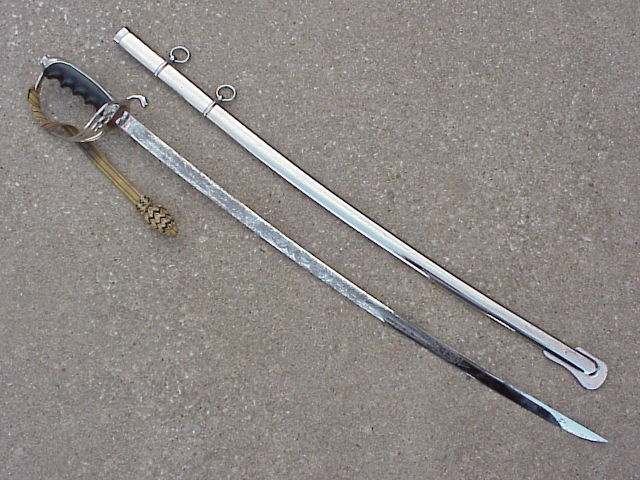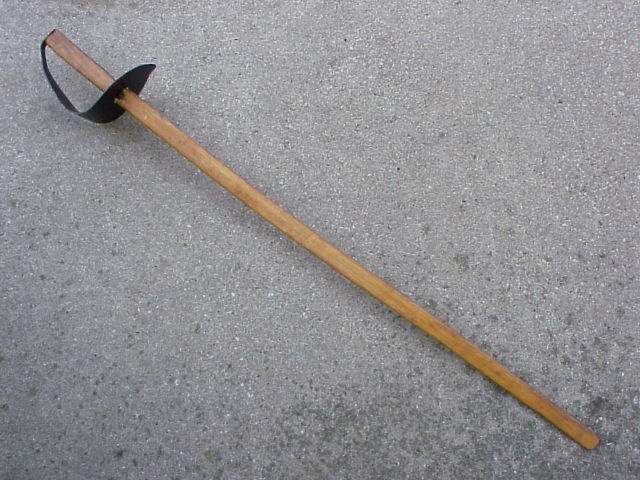Combating Blade of the Samurai

In the 1200s the prominent design of the sword was the Tachi, which was slung by two hangers on the left side of the waistline side down. In this placement, the warrior drew the blade in an activity from groin to head. Later design of the fight transformed as well as the katana became the main sword of option. The Tachi was still used however in a lower capacity. The golden era of sword production (specifically 1294 – 1427) was likewise the age of the Tachi.
The Tachi was regularly seen on the warlords as well as generals as an extremely enhanced blade revealing their setting and power in culture. They likewise favored it for practical reasons the blade was a lot more rounded and also made it a lot more efficient for them to reduce downwards from horseback on their enemies. Whereas the average samurai would be combating walking. During this period 5 popular colleges of sword making occurred, their location was based on the distance to the demand for swords (centers of administration), simple accessibility to ore and also charcoal, an abundant supply of good water, and also a great climate. The five schools were Bizen, Yamashiro, Yamato, Soshu as well as Mino.
The Mongolian lesson.
The style of combating throughout this duration was one on one battle. Where one warrior would come through and also challenge a worthwhile opponent from the opposite to take part in temporal combat. Nevertheless, in 1274 and 1281 the Mongols got into Japan.

The Mongols did not fight by the typical Japanese methods of difficulty and individual combat. In order to fight the Mongols efficiently, the Japanese needed to adapt as well as learn to combat en masse. Although the Mongol armies were defeated primarily by the climate (Kamikaze, the magnificent winds), the Mongol intrusion produced a conscious demand for a solid nationwide defense and sword smiths sprang up around the country
Late in the Muromachi Period saw the surge of interior war once again. This resulted in over 100 years of civil battles in Japan as warlords defended land as well as power. The warlords were worried about the demand for more land and also even more power. Due to the fact that Japan was involved in an interior war, the demand for sword makers climbed yet again. However, the result is that the high quality decreased despite the fact that there were even more swords. Swords from this period are thought of as substandard, and also the skills of the sword smiths from the golden age were lost, in some states permanently.
Basic kinds of Japanese blades.
Katana or long sword has a blade of 24.5 inches or longer, the short sword or Wakizashi is from 12 to 24 inches, and the tanto or dagger is less than 12 inches. There are several various other styles of Japanese blades yet these are the fundamentals you have to know. The samurai warrior lugged both of these propelled through the waistband side up. This created a quicker draw. With a slight turn of the scabbard, he can change the angle of the cut to be from groin to head or horizontal. The wakizashi was used after the katana failed, fighting in confined spaces, close quarter battles as well as for some in a special strategy called Nito Ryu (two swords at once). Learn more info on samurai in this article by New Theory.



